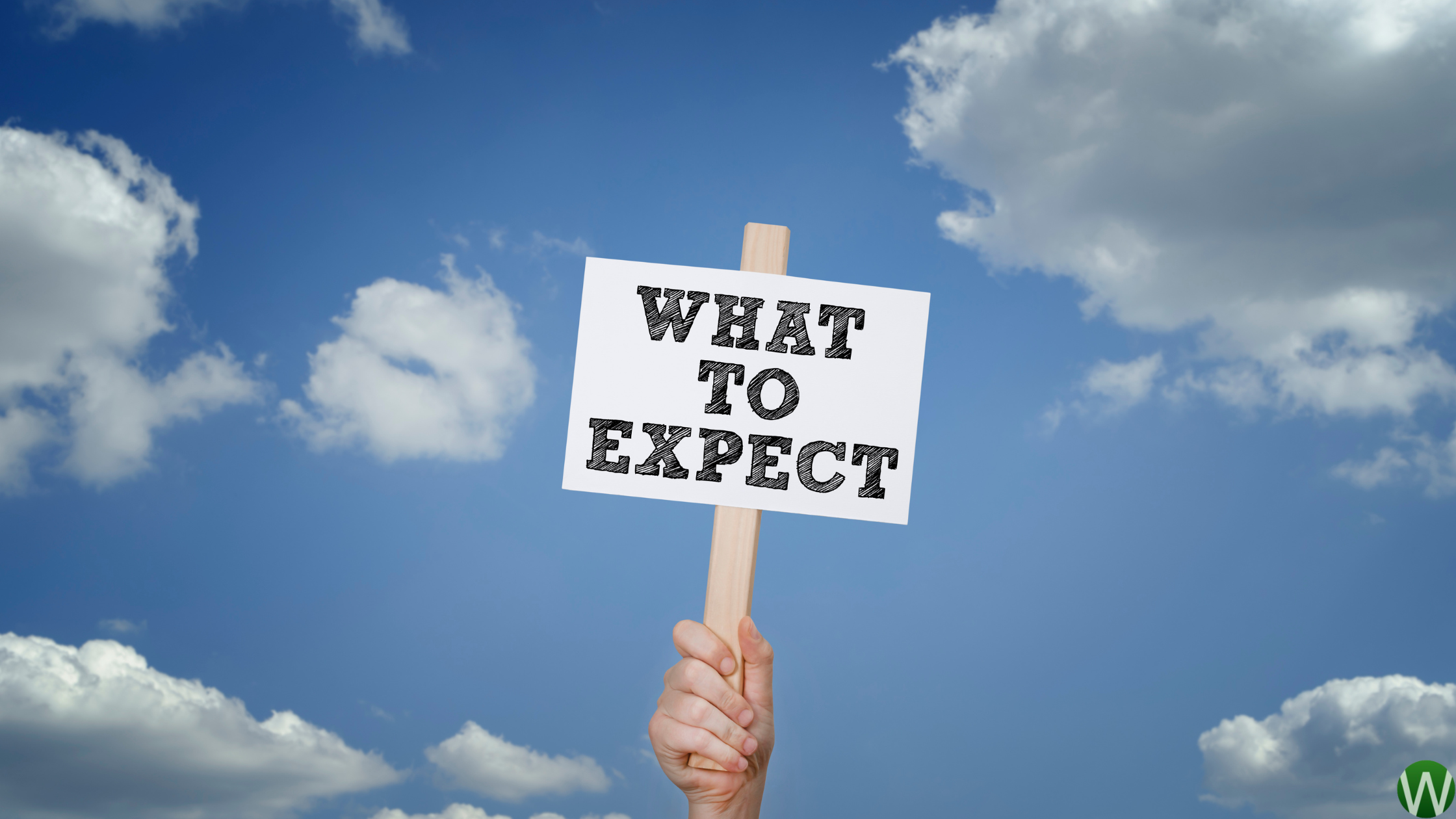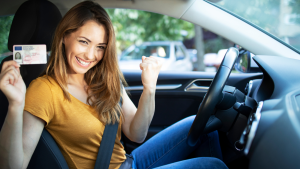The vast majority of people learning to drive are young and often have to fit in their lessons to a schedule, either due to a job or when in school or college. This schedule can often result in drivers fitting in lessons when possible, perhaps at the same time on a weekly basis.
However, this is not the best way to learn how to drive and can give a rather one-sided view of driving.
This is because when learning to drive, the time of day can have a significant impact on your lessons. There is the morning rush hour, followed by a lull which ends between 3pm and 4pm, when children finish school. Rush hour conditions can remain until after 6pm, which then means night time driving in the winter.
This in itself can be a totally different experience, proving daunting to even those who have passed.
Therefore, is there an optimal time to have a driving lesson?
When starting off your lessons, it is advisable that you go on the roads at a time that offers the minimum amount of traffic, so you can get comfortable with driving.
Between 11am and 1pm could be seen as the perfect time to go out on the roads, or 7am (in the lighter summer months), if you are trying to slot in a lesson before work. Such times will allow you to get to grips with driving, without too much traffic or pressure from other drivers.
Rush hour and the peak times of commuting can lead to more reckless driving, with more cars trying to pull into lanes and drivers taking more risks in an attempt to get home.
Therefore, choosing the time to sit your lessons can very much depend on the number of lessons you have had and the experience you feel you have gained in said lessons.
Saying that, your driving lessons offer you the chance to experience roads with the company of a trained professional and therefore, it is advisable that you try and book at least one lesson for when the roads are a little bit busier, so that you do not experience the hustle and bustle of peak times for the first time when driving unaccompanied.
As well as this, driving in more active conditions can allow you to develop more skills and improve your overall driving.
The more conditions you experience while learning to drive, the better, more rounded driver you will become.


